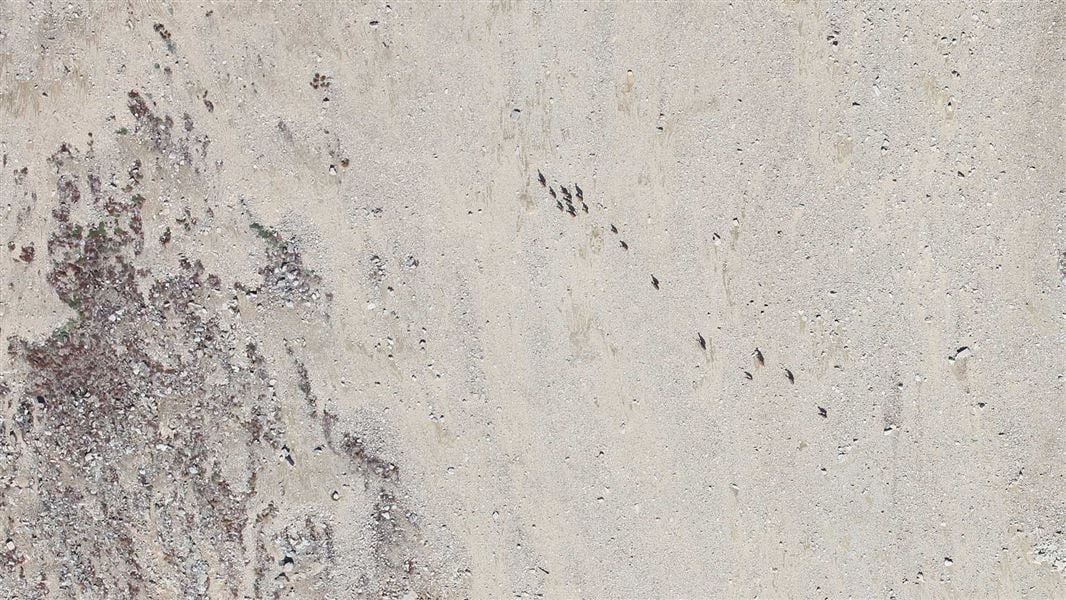Archived content: This media release was accurate on the date of publication.
Date: 29 October 2020
Land Information New Zealand (LINZ) and the Department of Conservation (DOC) are surveying 30 Crown pastoral leases within the tahr feral range. The survey was scheduled to take place earlier this year but was postponed due to the COVID-19 pandemic.
LINZ Deputy Chief Executive Crown Property Jerome Sheppard says a plane with high resolution cameras will estimate tahr numbers and mob sizes on the Crown pastoral leases.
“This aerial survey will help paint a clearer picture of tahr across the tahr feral range, as previously there have only been estimates of tahr numbers on public conservation land.”
Mr Sheppard says the survey, which started last week and will take about one month to complete, will determine if future efforts to manage tahr numbers are required on any of the pastoral leases.
“Many of our leaseholders regularly carry out tahr control to limit their numbers as a condition of their lease, but the survey may reveal some could need to carry out further control.”
He says LINZ is working closely with leaseholders and DOC to manage the impacts of tahr on Crown pastoral land.
“As tahr know no boundaries, we feel it’s important we work together to monitor and control their numbers, as it’s just a hop, skip and jump over the fence.”
DOC tahr programme manager James Holborow says this survey is essential for planning future work to manage tahr populations.
“Tahr are highly mobile and can easily migrate between land boundaries. During control operations, we have regularly found multiple mobs of up to 20 tahr on public conservation land near Crown pastoral leases. We’re working together to ensure we’re all doing our bit to manage high densities of tahr.”
Mr Holborow says tahr are social animals and their trampling and browsing can have a significant impact on native tussocks, herb fields and shrubs.
The survey results are expected to be released early next year.
Background information
- The tahr feral range covers about 1.7 million hectares of land between the Haast Pass and Rakaia catchment.
- LINZ manages 1.2 million hectares of land in the South Island high country, with a large proportion leased to farmers.
- As part of LINZ’s new pastoral inspection programme, leaseholders are being asked questions about tahr populations on their leases.
- Leaseholders are required to control tahr numbers as a condition of their lease.
- The statutory Himalayan Thar Control Plan 1993 sets a limit of 10,000 tahr across private land, public conservation land and Crown pastoral leases in the tahr feral range.
Contact
For media enquiries contact:
Email: media@doc.govt.nz
